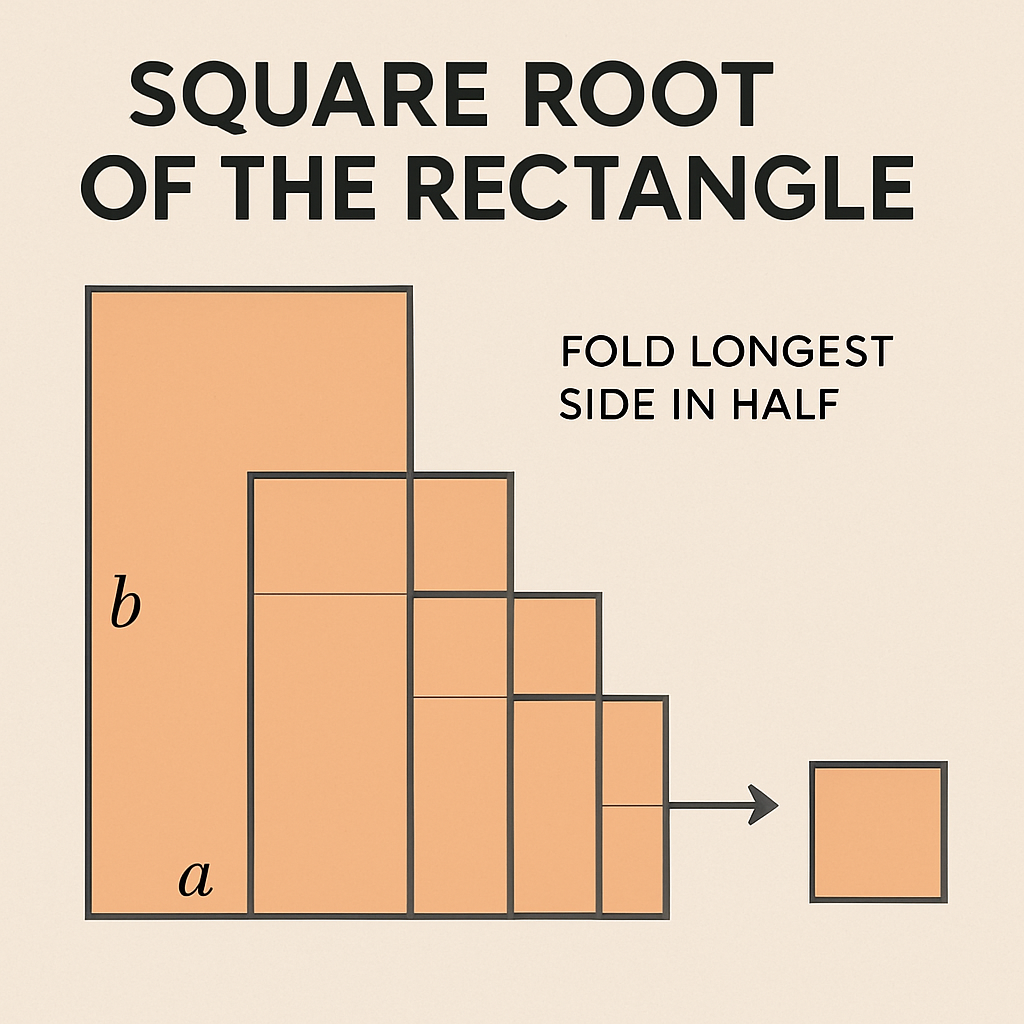Medium
1M
177

Image Credit: Medium
Square Root Of The Rectangle!
- The article explores the concept of folding a rectangle into a square and determining the number of folds based on the rectangle's dimensions.
- Initially perceived as a silly thought, the idea persisted in the author's mind, leading to a deeper investigation.
- After struggling manually, the author turned to a Python code, which surprisingly simplified the calculations in about ten lines of code.
- The process involves dividing one side of the rectangle in half until it matches the length of the other side.
- The article discusses patterns where one side must be a power of two and the other side a multiple of the first.
- Following a general formula, the author tested various numbers and successfully reached a square after 2148 folds.
- However, the limitation of floating-point numbers in computers caused discrepancies in the results as the numbers approached equality.
- The author's friend explained that due to machine precision, the code might return seemingly accurate results that are actually too close to differentiate.
- This limitation led to the realization that only a specific equation (*) could solve the concept, with other numbers infinitely approaching 0 but never reaching a 0x0 square.
- The article concludes by highlighting the application of mathematical concepts in everyday life and the importance of curiosity and learning in exploring complex problems.
Read Full Article
10 Likes
For uninterrupted reading, download the app